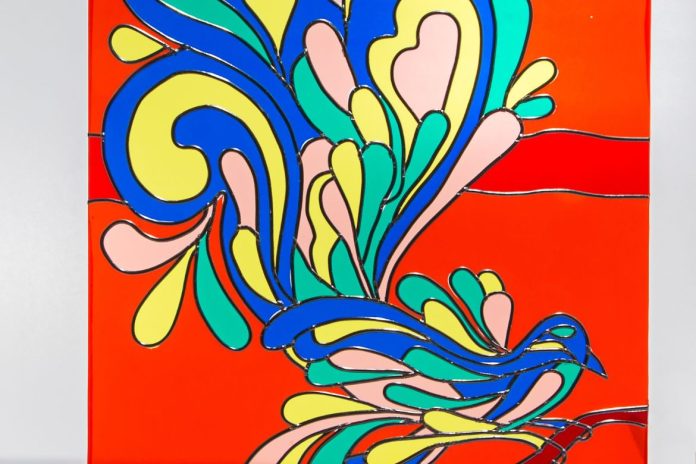Stained glass has a rich history dating back centuries, captivating us with its mesmerizing beauty and intricate designs. From the towering windows of medieval cathedrals to the delicate panels adorning modern homes, this timeless art form continues to inspire awe and admiration. In this exploration of stained glass, we delve into its techniques, materials, and diverse styles that have shaped its enduring allure.
The Craftsmanship Behind Stained Glass
At the heart of stained glass lies a meticulous craftsmanship that blends artistry with technical precision. Craftsmen, known as glass artists, skillfully manipulate glass to create stunning works of art. The process begins with the selection of high-quality glass, which is available in an array of colors, textures, and opacities. Each piece is carefully cut to size before being shaped and assembled into intricate patterns.
One of the defining techniques in stained glass is the use of lead came or copper foil to join the glass pieces together. Lead came, a traditional method, involves framing each glass piece with strips of lead, creating a sturdy framework for the overall design. Copper foil, on the other hand, wraps around the edges of each glass piece before soldering them together, resulting in a more delicate and detailed finish.
Exploring Stained Glass Materials
The materials used in stained glass play a crucial role in defining its aesthetic and structural integrity. Glass, the primary medium, comes in various types, including cathedral glass, opalescent glass, and textured glass. Cathedral glass, known for its transparent quality, allows light to pass through effortlessly, while opalescent glass features a milky, iridescent appearance that adds depth and dimension to the design. Textured glass, with its raised surfaces and patterns, adds tactile interest and visual complexity to the composition.
In addition to glass, other materials such as lead came, copper foil, and solder are essential for assembling and reinforcing the stained glass panels. These materials not only provide structural support but also contribute to the overall aesthetic by defining the lines and contours of the design.
The Evolution of Stained Glass Styles
Stained glass has evolved over the centuries, reflecting changes in artistic expression, architectural trends, and cultural influences. One of the earliest styles of stained glass is the medieval Gothic style, characterized by its intricate stone tracery and vibrant, narrative scenes depicting religious themes. During the Renaissance, stained glass panels became more refined, featuring classical motifs and richly colored glass imported from Italy.
In the modern era, stained glass experienced a revival as artists experimented with abstract forms, geometric patterns, and innovative techniques. The Art Nouveau movement, with its sinuous lines and organic motifs, brought a fresh aesthetic to stained glass design, while the Arts and Crafts movement emphasized craftsmanship and simplicity in response to industrialization.
Contemporary Stained Glass Artistry
Today, stained glass continues to thrive as a dynamic art form that embraces tradition while pushing the boundaries of creativity. Contemporary glass artists draw inspiration from a diverse range of influences, incorporating elements of nature, geometry, and technology into their designs. From large-scale installations in public spaces to bespoke commissions for private residences, stained glass artists are redefining the possibilities of this ancient craft.
GlassArtStories: Where Art Meets Tradition
For enthusiasts eager to explore the world of stained glass, GlassArtStories offers a curated selection of materials, tools, and resources to ignite your creativity. Whether you’re a seasoned artisan or a novice enthusiast, our online store provides everything you need to embark on your stained glass journey. From premium glass sheets in a rainbow of hues to specialty tools for cutting and soldering, we’ve got you covered.
Visit our store page to browse our collection and discover the possibilities of stained glass artistry. With GlassArtStories, every project is an opportunity to create something truly extraordinary.
Conclusion
Stained glass is more than just a decorative element; it’s a testament to the enduring craftsmanship and creative vision of artisans throughout history. By understanding the techniques, materials, and styles that define this timeless art form, we gain a deeper appreciation for its beauty and significance. Whether adorning the windows of a medieval cathedral or illuminating a contemporary home, stained glass continues to captivate and inspire, bridging the gap between past and present, tradition and innovation. For more exquisite examples, go to the store page.








